Hong Kong Protests: Inside Occupy Central's Tent City
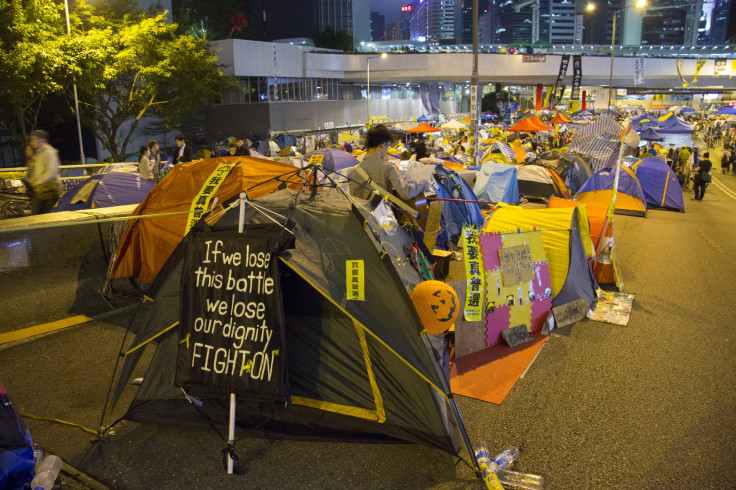
HONG KONG - Local police who may be planning to clear pro-democracy protesters from the streets will have a big job if they do. Aside from the demonstrators occupying roads around Hong Kong, a veritable tent city has sprung up with artwork, a café and a study center to support a relatively small but dedicated community of protesters.
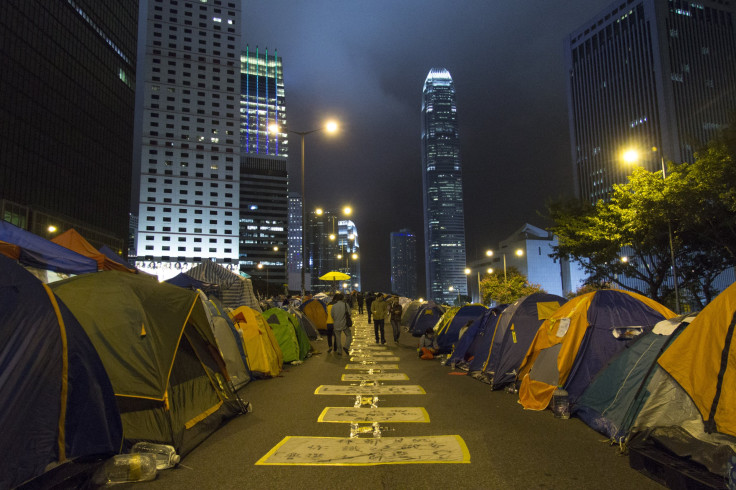
Though the number of protesters has fallen significantly since demonstrations began Sept. 28, there are now thousands of tents at the main protest site in the city's central district. A census conducted by the Occupy movement Tuesday estimated that there are 2,197 tents currently in the area around Hong Kong's government headquarters.
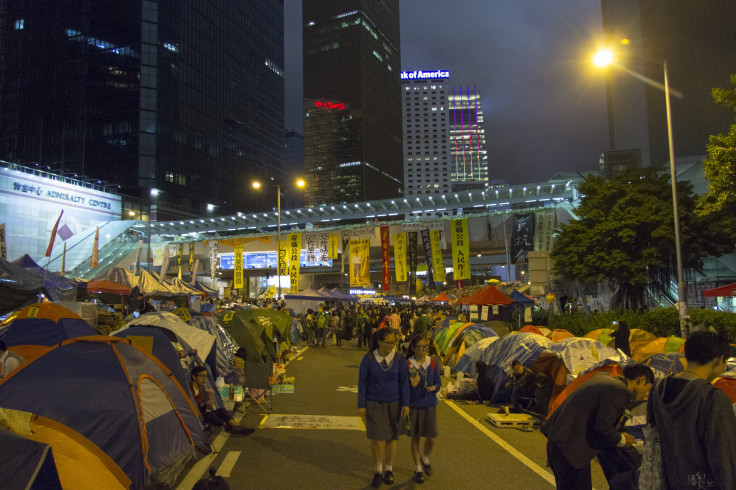

As protesters prepare for a possible crackdown by police, student leaders are still appearing at what has come to be known as "Umbrella Square," the main stage at the central protest site, to encourage supporters. Lester Shum, the deputy secretary general of the Hong Kong Federation of Students (pictured below), urged the crowd late Wednesday not to leave if police attempt to clear the site. Shum said he would be willing to accept arrest and invoke civil disobedience as a legal justification in a court proceeding.

The main protest site is festooned with a vast array of artworks, from origami and cardboard sculptures to installations created from discarded umbrellas.

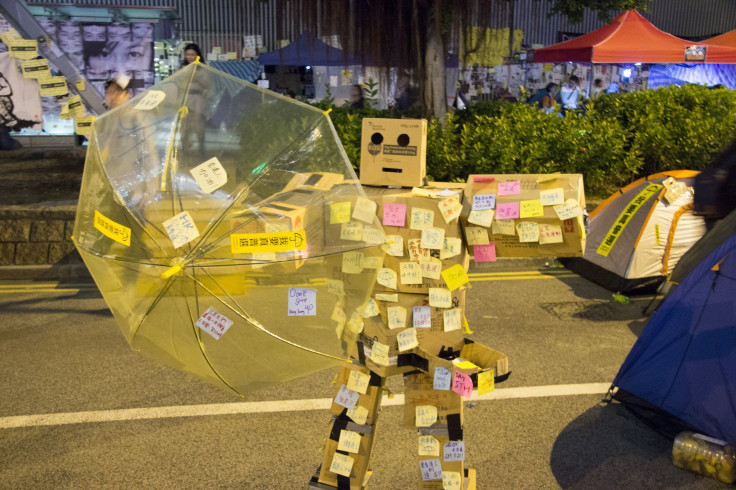

In addition, a "study center" has sprung up at the admiralty protest site. It features a small library, charging stations for activists and journalists and Wi-Fi. The area also serves as a convenient place for demonstrators to socialize.
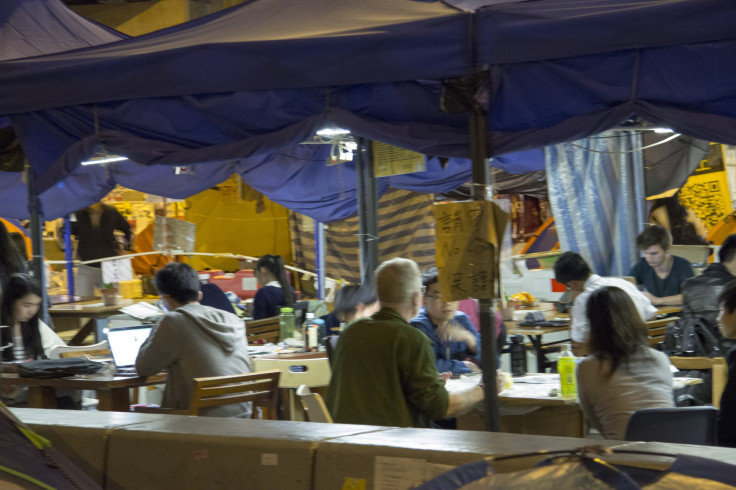
Though police officers are largely absent from the main protest site, the watchful eye of the authorities is never far from demonstrators. These tents, just yards from the main protest site, have a view into the parking lot and offices of the city's main police station.
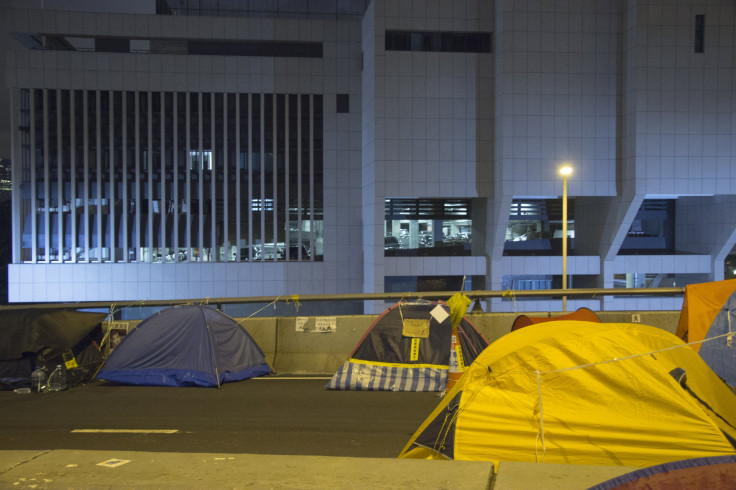
Though less crowded, other protest sites around the city continue to occupy major thoroughfares, including this one (below) at Causeway Bay.

© Copyright IBTimes 2025. All rights reserved.






















